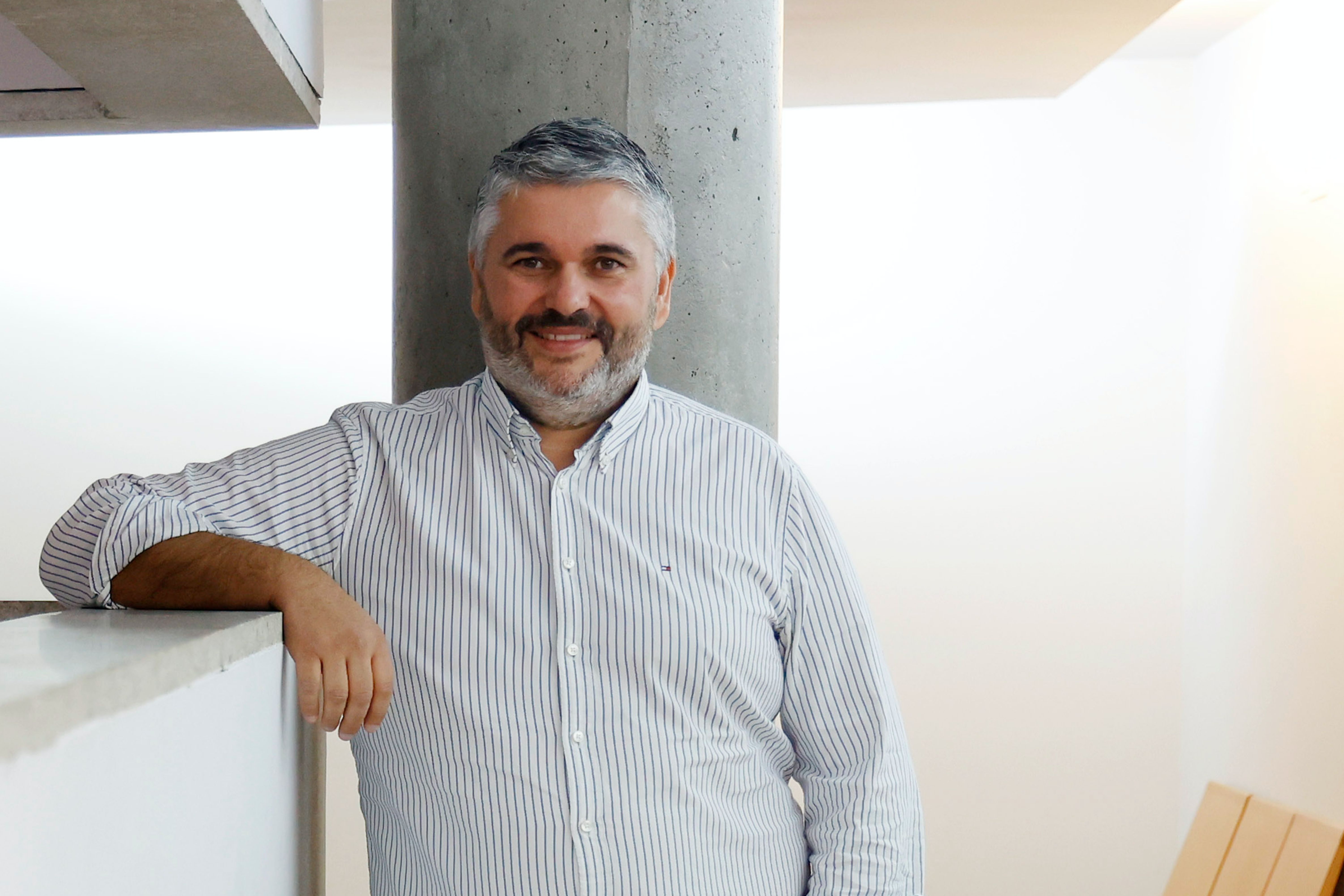
Latest information

Interview with Alberto Cochón, secretary of the Galician Ecommerce Cluster
In 2022, Galician e-commerce took a key step in its consolidation as a sector with the birth of the Clúster do Ecommerce Galego. The entity aims to encourage, support and promote the development and expansion of e-commerce, as well as to improve the competitiveness of the associated companies in order to face new consumer trends and technological challenges.
With what objectives was the Cluster born and which companies does it bring together?
The Cluster was born with a shared vision of many Galician companies: sharing to compete. The specific objectives of the Cluster are to share and learn from real experiences, support the development of the ecommerce sector in Galicia and encourage collaboration between entities of different sizes and formats, with the ultimate goal of improving the competitiveness of members and the sector in general in Galicia.
Initially it was founded by long-standing companies such as Selmark, Krack or Don Disfraz, more recent projects such as Fuikaomar, Carrick or El vino del mes, and well-known food brands such as Cafés Candelas, Aceites Abril or Martín Codax. Later we have been joined by reference companies such as Roberto Verino, Paco y Lola, ReiZentolo and many more.
What are the main common challenges facing companies within the e-commerce sector today?
The main challenge is profitability. After years of growth, it is already a very important part of all companies, with an average of 30% of sales being closed in digital. It has gone from being an investment for a future channel to a present reality with a significant volume and, therefore, we must make it as profitable as possible, so that it does not penalize overall profitability. In this aspect, returns play a critical role. It is also a challenge to attract new users, where the main platforms such as Google Ads or Meta have been raising the cost for years.
How do you assess the degree of implementation of ecommerce in the Galician retail sector? Is having a good ecommerce system key to the competitiveness of companies at local and global level?
In the retail sector, in particular, there are companies in Galicia with a long history in ecommerce: mature projects that already have a clear vision and digital business model. It is a sector with a high implementation of ecommerce, both in large retailers and in smaller points of sale, where there are very good examples of how they have been able to evolve thanks to ecommerce. Where we see a greater potential for development is in small niche businesses, with a very specific public, that only need to find their digital space, where there will be many examples of success stories in the future.
What are the challenges of logistics and distribution in e-commerce?
As a market trend, we see that the percentage of returns has generally grown in recent years. There are platforms or marketplaces where they reach 30% of sales, just as there are ecommerces that have less than 5%. The user buys and also returns more compulsively. The difficulty increases when the total volume increases. Having 30% of sales in digital, we are talking about important complications, such as product reconditioning, especially in fashion, or stock availability, since a significant volume of stock is no longer available and returns to us at times when its sale may already be lower.
What is the importance of digital marketing and online presence for companies operating in e-commerce?
Digital marketing is the energy of any ecommerce, it is the most core aspect. It requires a lot of strategy, time and perseverance. The most key is social media: creating content that connects with our target audience, the execution of campaigns, collaborations with influencers and all this pushed by digital advertising, such as social paid and / or google ads.
What are the most effective strategies to boost consumer confidence in online transactions and mitigate security risks?
In just a few years this aspect has evolved significantly. Users already trust online transactions more, we already see little distrust. Payment methods such as Bizum, Apple Pay or Google Pay have brought more security and, above all, more ease of transactions. What is important is that the customer chooses the payment method they prefer, giving them all possible options.
What advice would you give to companies that are considering opening up to e-commerce or expanding their online presence?
It is already evident that ecommerce is not a trend, but a reality with a significant volume, so it is very difficult to compete without opening up to the digital world. On the other hand, this has generated that traffic acquisition within our target audience is becoming more and more expensive and complicated. Projects based on significant investments in traffic acquisition have been losing profitability in recent years due to this increase in costs.
I would recommend, first of all, to develop everything related to the target audience and strategic marketing.
Once we have this clear I would continue to develop our social networks in organic, start with collaborations with influencers and, above all, micro-influencers, since even with very low budgets it is possible). From here, with more segmented audiences, I would start with investments in Social Paid. Also important is the selection of the e-commerce platform. I think right now Shopify is the best option for most ecommerce.
We live in a very changing and volatile reality, where new solutions are constantly appearing, while the market is changing very fast. Therefore, having companies and other projects nearby, with which to share mistakes and successes, makes it more effective and efficient for us to find what we need, which will be different for each project. This is where the magic of interpreting our needs with shared experiences lies, which connects with the main objective of the Clúster do Ecommerce Galego: sharing to compete.